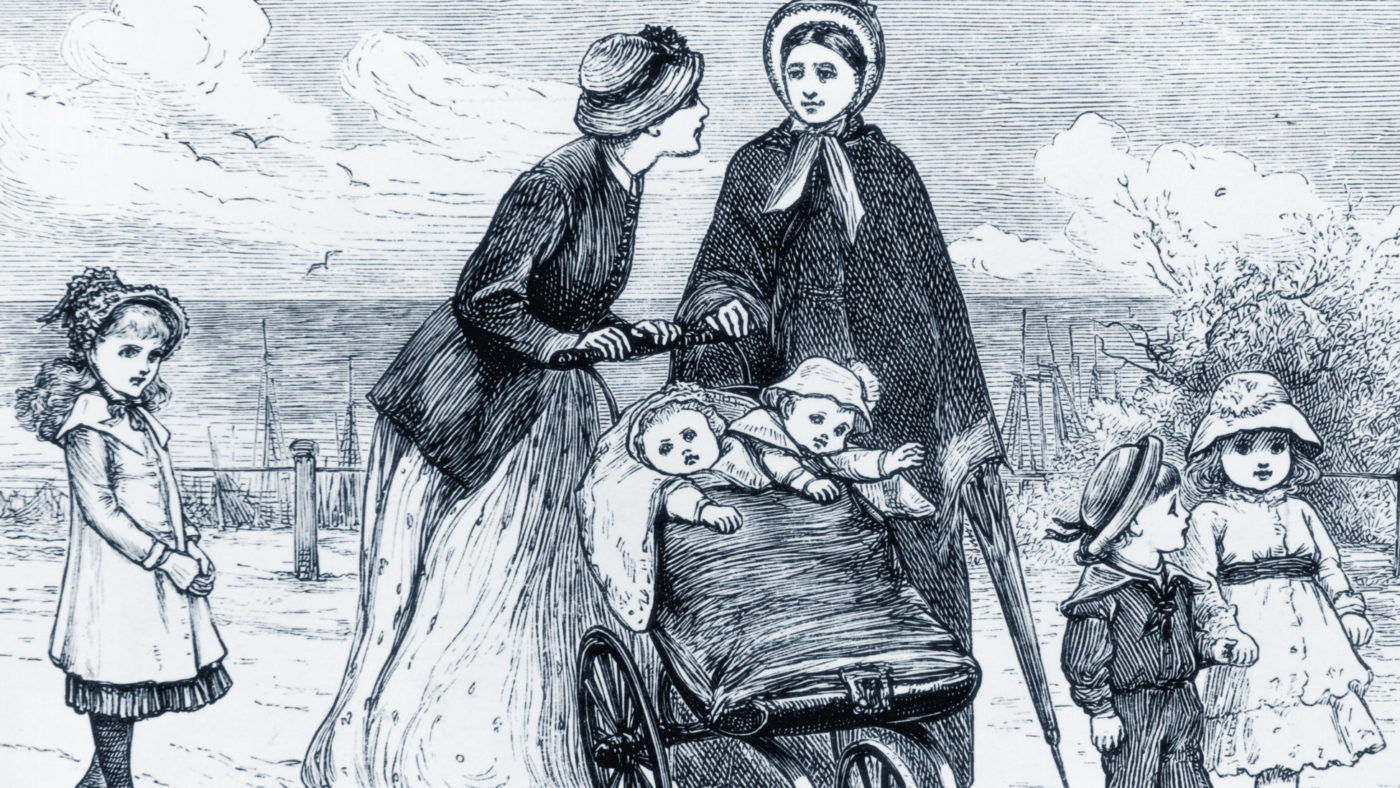Given that it’s International Women’s Day we should give some serious consideration to which socio-economic system is the most feminist, the most pro-women. The answer, of course, is the current dispensation, free market capitalism larded with a bit of welfare-state redistribution.
No, I’m not going soft over taxes and the welfare state, we all agree that there’s going to be some part of that even if we can and will argue over the amount. We’re not going to open the foundling hospitals again after all.
This is a subject that Chelsea Follett has been approaching from the other end, when she describes the manner in which socialism was originally opposed to female economic emancipation. We can use those early ideas, even those of Marx himself, to show why it has been capitalism and markets that have produced that freedom and liberty.
For The Bearded One really did insist that capitalism – always, in his view, aided by markets – was the most productive economic system yet. It also drove technological advance harder and faster than any other system. It was precisely this which would solve the problem of economic scarcity which, in turn, is what Marx thought would allow the arrival of true communism. I’m not (and perhaps you’re not) all that much in favour of true communism – and certainly not of the intermediate stage of socialism while it is being built – but solving economic scarcity seems like a decent enough goal.
So what has this technological advance managed? We might point to medicine as an example. Historic rates of death in childbirth were of the order of 1,000 to 2,000 per 100,000 live births. Today’s are in the 10 to 20 range. I think a reduction of two orders of magnitude is pretty good. But that’s not all. Back then a woman would spend her entire adult life pregnant or lactating: such were the child death rates that perhaps as many as 10 pregnancies were needed to ensure the prospect of grandchildren. We manage the same probability of continued family existence with a fertility rate of only two these days – meaning the reduction in risk for women is 500-fold.
Pretty good for a socio-economic system. Especially one which has also, in recent decades, produced effective means for women to control that fertility. A control which is at least part of the route to economic liberty.
We might also look at the second-largest change in the world of work over the past century – the near elimination of housework. Advancing technology has at least reduced enormously the unpaid labour needed to keep a household on the road – as the freedom of washerwomen shows in detail. Observers as different as Hans Roslin and Ha Joon Chang have made the same point that domestic technology has liberated women in particular.
But the overarching change has been the elimination of muscle power in the paid labour market. Back before capitalism started to automate tasks what was really being hired was human grunt. Something which womens’ musculature generally made them unsuitable for, so that the division of labour was routinely men doing the paid market work, and women the unpaid domestic labour. Once the machines were doing the hefting and hauling, those innate differences become ever less important. It is this, more than anything else, which has allowed the entry of women into paid work. And that, of course, led to economic freedom and liberty.
It’s entirely true that everything isn’t equal yet, but we have achieved vastly greater economic equality than any other system ever devised. Precisely through that technology which Marx himself concluded capitalist free markets were the best system at producing. The remnants of inequality also seem to be being dealt with. As Zoe Williams notes – but doesn’t realise the implication of – cuts to the state fall disproportionately upon the shoulders of women. Which must mean that, broadly speaking, the current dispensation of state spending must favour women. There must already have been attempts to provide that balancing factor.
The aim and purpose of International Women’s Day is not to celebrate how far we’ve come and how well we’re doing, it is rather to whine about how far there is to go. But any analysis of the subject has to tell us that we have come a long way, driven by a combination of capitalism and free markets. Given that it obviously works, and that it is the most feminist of all socio-economic systems, the logical conclusion is that a little bit more of it will solve the problem of inequality in its entirety. And, as Marx himself said, it would solve the more basic problem of economic scarcity.


